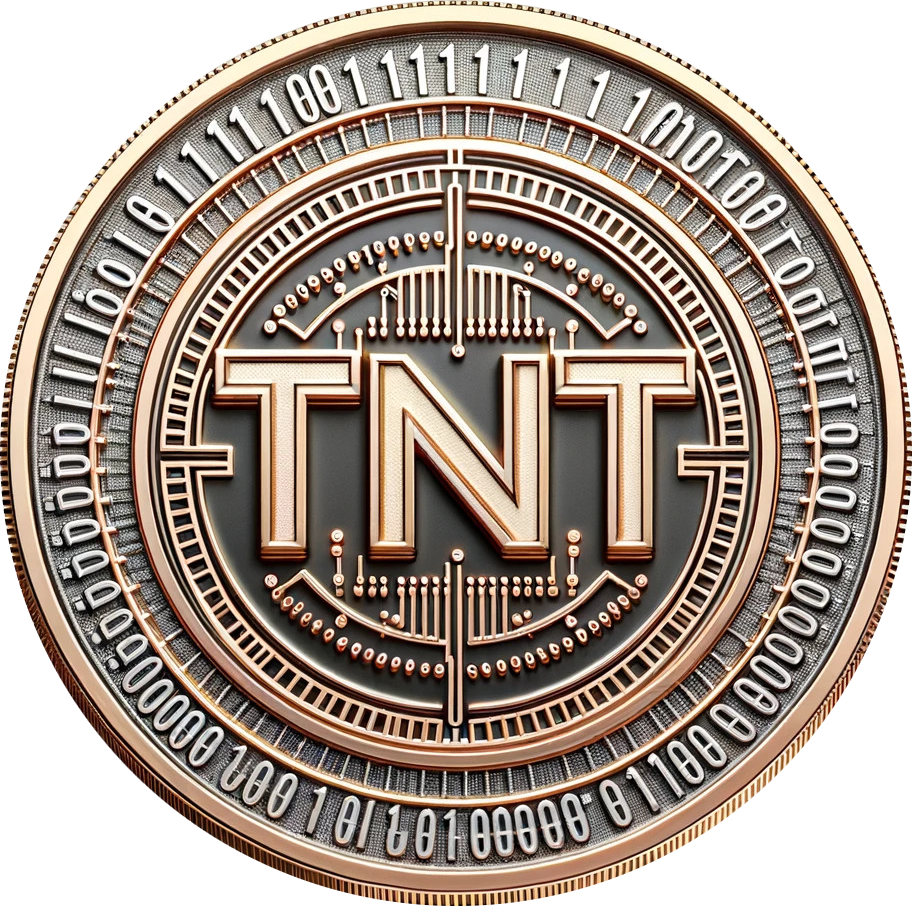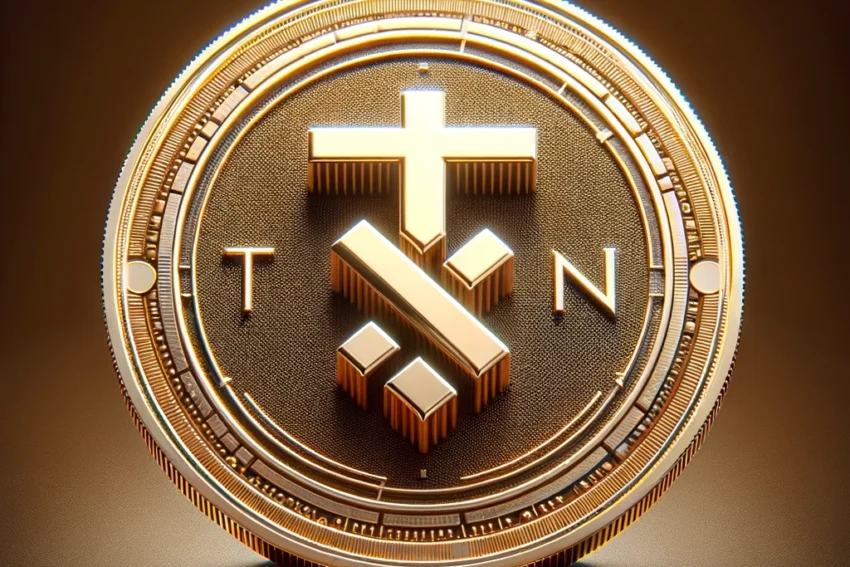moving from chain to chain
Cross-chain asset staking is a process that allows assets from one blockchain (chain) to be staked on a different blockchain. This capability enables interoperability between different blockchain ecosystems, allowing users to leverage their assets on one chain to earn rewards or participate in activities on another chain. Here’s a detailed explanation of how it works:
Key Concepts
- Interoperability: The ability to interact and transfer assets across different blockchain networks.
- Bridge: A mechanism that facilitates the transfer of assets between different blockchains.
- Staking: The act of locking up assets to support the operations of a blockchain network, such as validating transactions, in return for rewards.
- Liquidity Provision: Supplying assets to a decentralized exchange (DEX) or other protocols to provide liquidity, often in return for rewards.
How Cross-Chain Asset Staking Works
- Asset Wrapping:
- Wrap the Asset: Assets on the original blockchain are “wrapped” into a token that can represent them on the target blockchain. For example, Bitcoin (BTC) can be wrapped into Wrapped Bitcoin (WBTC) on Ethereum.
- Mint Wrapped Tokens: The original asset is locked in a smart contract, and an equivalent amount of wrapped tokens are minted on the target chain.
- Bridge Mechanism:
- Transfer: The wrapped tokens are transferred across chains using a bridge. The bridge ensures that the value and supply are consistent across both chains.
- Pegging: The wrapped tokens maintain a 1:1 peg with the original asset, ensuring that the value is preserved.
- Staking on Target Chain:
- Staking Protocols: Once the wrapped tokens are on the target chain, they can be staked in various protocols, such as liquidity pools on DEXs, lending platforms, or staking contracts for network security.
- Earning Rewards: Users earn rewards for staking their assets, which can be in the form of native tokens, interest, or other incentives.
- Unwrapping and Redemption:
- Unstaking: Users can unstake their wrapped tokens from the staking protocol.
- Burning Wrapped Tokens: The wrapped tokens are burned, and the equivalent amount of the original asset is released from the smart contract on the original chain.
- Transfer Back: The original assets are transferred back to the user’s address on the original blockchain.
Example Workflow
Step-by-Step Example: Staking BTC on Ethereum
- Wrapping BTC to WBTC:
- User locks BTC in a Bitcoin blockchain smart contract.
- An equivalent amount of WBTC is minted on Ethereum.
- Using a Cross-Chain Bridge:
- User sends BTC to a cross-chain bridge.
- The bridge locks the BTC and mints an equivalent amount of WBTC on Ethereum.
- Staking WBTC on Ethereum:
- User stakes WBTC in a liquidity pool on a DEX like Uniswap.
- User provides WBTC as liquidity and earns trading fees and possibly additional rewards in the form of the DEX’s native token (e.g., UNI).
- Unstaking and Redeeming BTC:
- User unstakes their WBTC from the liquidity pool.
- User sends WBTC back to the cross-chain bridge.
- The bridge burns the WBTC and releases the equivalent amount of BTC to the user’s address on the Bitcoin blockchain.
Benefits of Cross-Chain Asset Staking
- Increased Liquidity: Enables users to leverage assets from one blockchain on multiple platforms, increasing overall liquidity.
- Enhanced Utility: Allows assets to be used across different ecosystems, enhancing their utility and use cases.
- Diversification: Provides opportunities to earn rewards from multiple blockchain networks, diversifying income streams.
- Interoperability: Promotes collaboration and integration between different blockchain projects, fostering innovation and growth.
Challenges
- Security Risks: Cross-chain bridges and wrapped tokens introduce additional layers of complexity and potential vulnerabilities.
- Liquidity Fragmentation: Wrapping assets can lead to fragmented liquidity across different chains and platforms.
- Regulatory Compliance: Cross-chain transactions may face regulatory scrutiny, requiring robust compliance measures.
Conclusion
Cross-chain asset staking is a powerful tool for leveraging assets across multiple blockchain networks. By wrapping and staking assets on different chains, users can maximize their rewards and utility while promoting greater interoperability and liquidity in the blockchain ecosystem.




